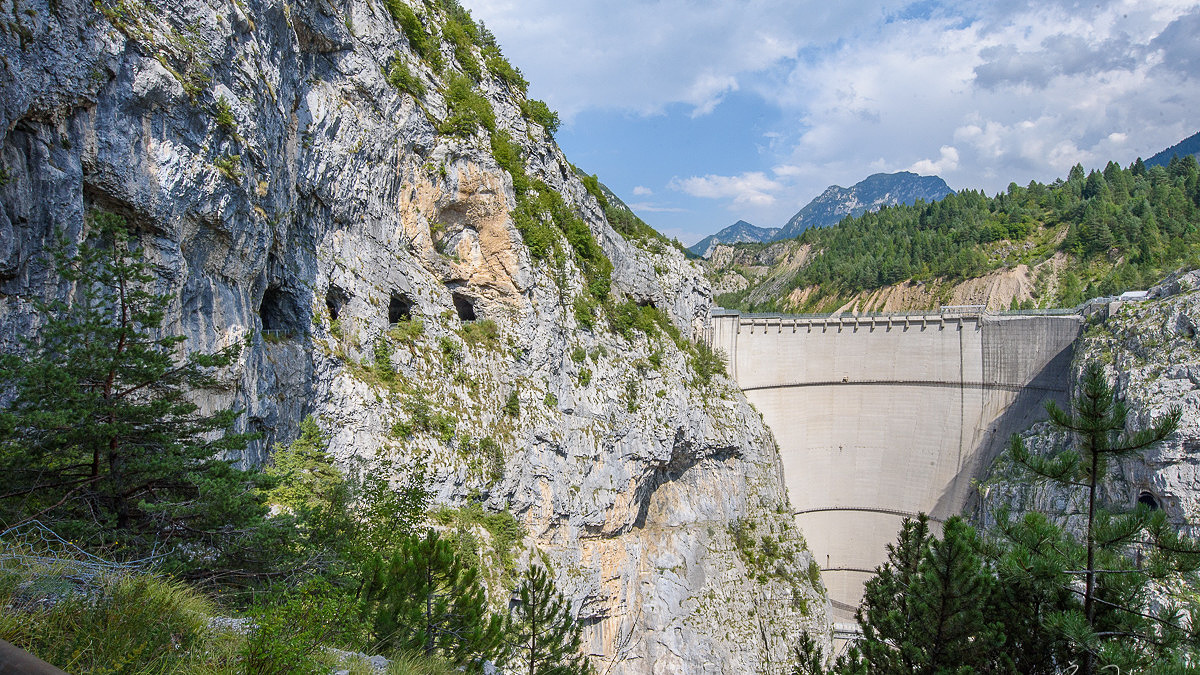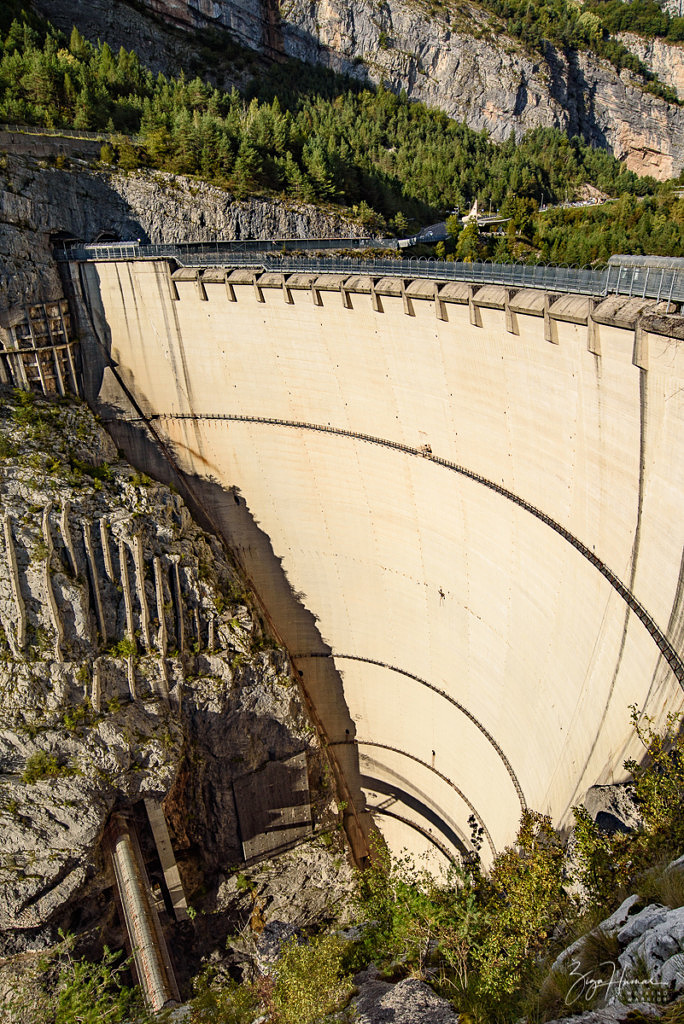A couple of years ago I was having a little morning chat by the coffee with a civil engineer from Bovec. We chatted about the landslide that happened in the Log pod Mangartom and eventually we got to the subject of projects that have a big impact on the environment. Sokč mentioned Val Garone story back then. That there was this dam, that water overflowed because of engineers mistake. He wasn’t that much into details, but I wrote the name Val Garone down in my notepad.
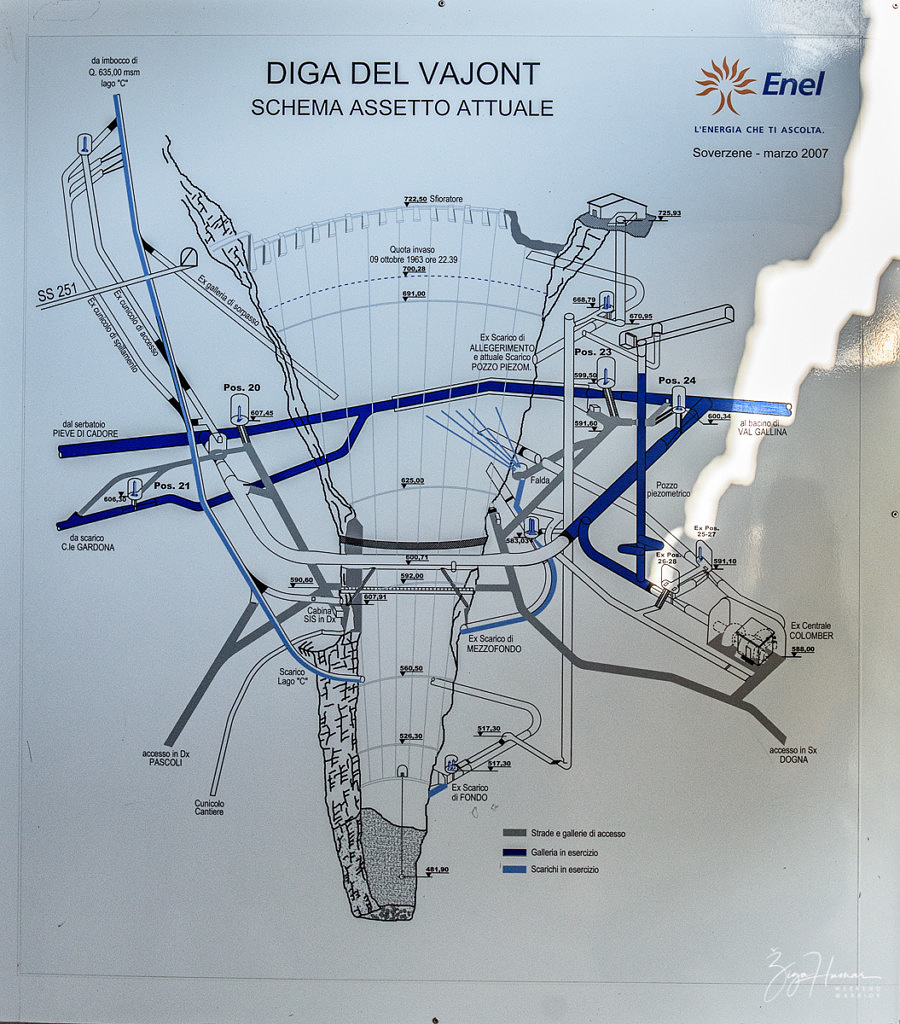
Time passed by and I did encounter this story again. I can’t really recall when, but later I learned that the place is not called Val Garone but Longarone – the name of the town that was destroyed. And that the dam is called Vajont. I watched the documentary about the accident with my mouth open. It didn’t leave my mind since then. So there I was, waiting for a chance to see it when I will be in the surrounding area.
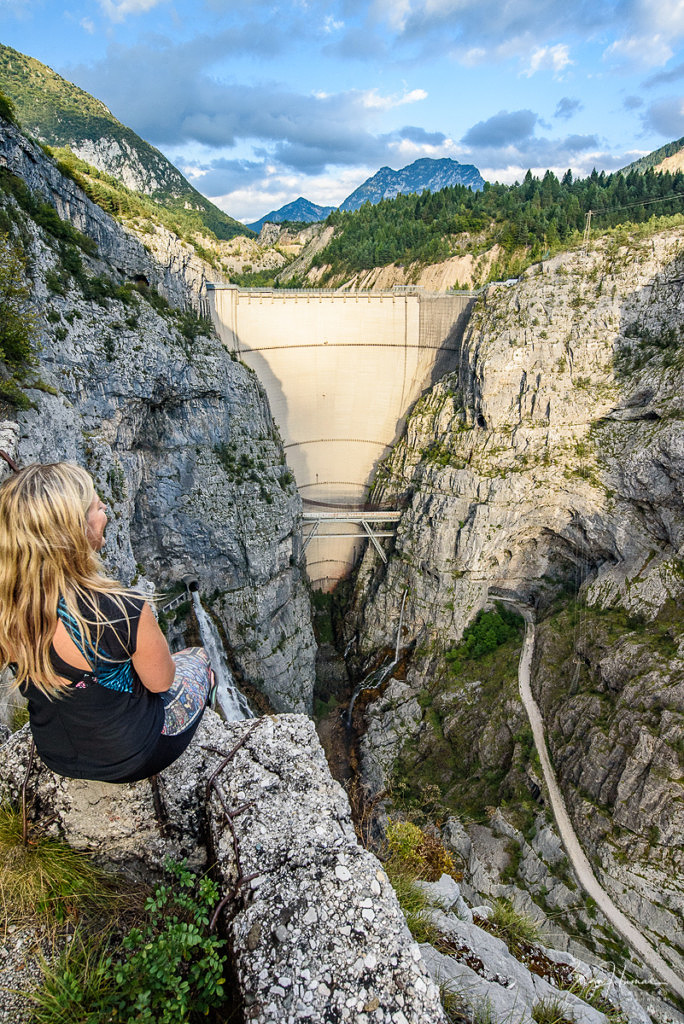
This year I had a chance to see it two times. The first time it was unintentional since we wanted to do Zemola canyon and we just passed the dam. Made a couple of shots with the dam in the background but I decided I need to return with a friend who is active in the field of water science and environmental engineering. And we did, so I can write you more about the damn dam.
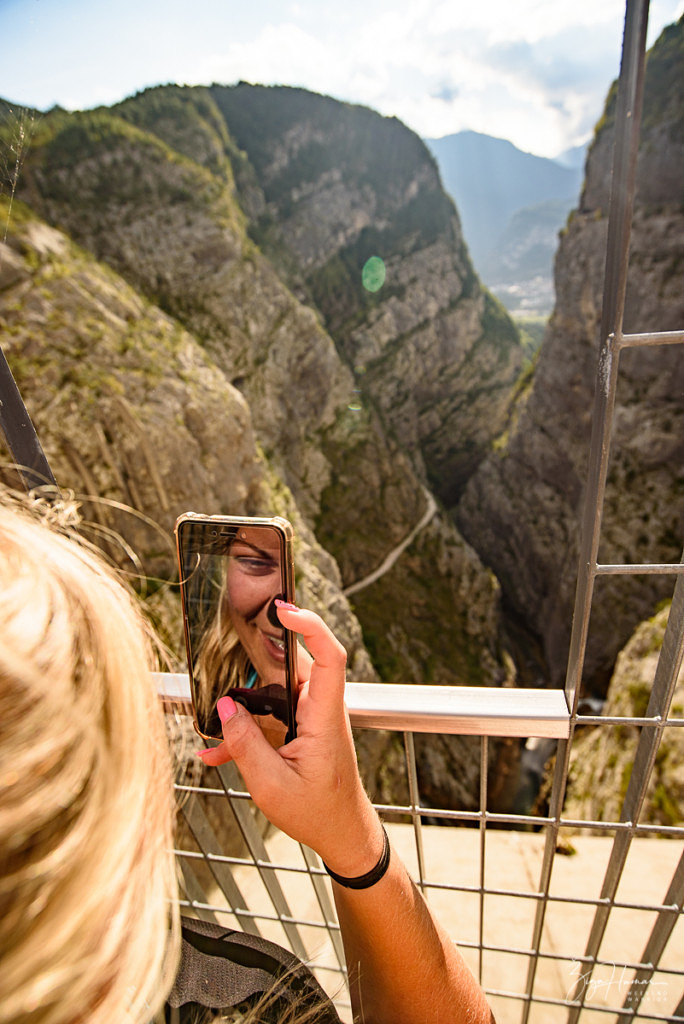
So what is the story of the Vajont? It is the dam that was constructed in the late 50’s. Italy had/has a huge demand for the electricity and Vajont Dam, with its capacity of 105 millions cubic meters of water, would provide heaps of energy for the growing Italian industry. They did the economic and environmental study, a study of a rock where the dam would be built, but they didn’t do the geological study of mountains that were surrounding the reservoir. It turned out to be the capital mistake.
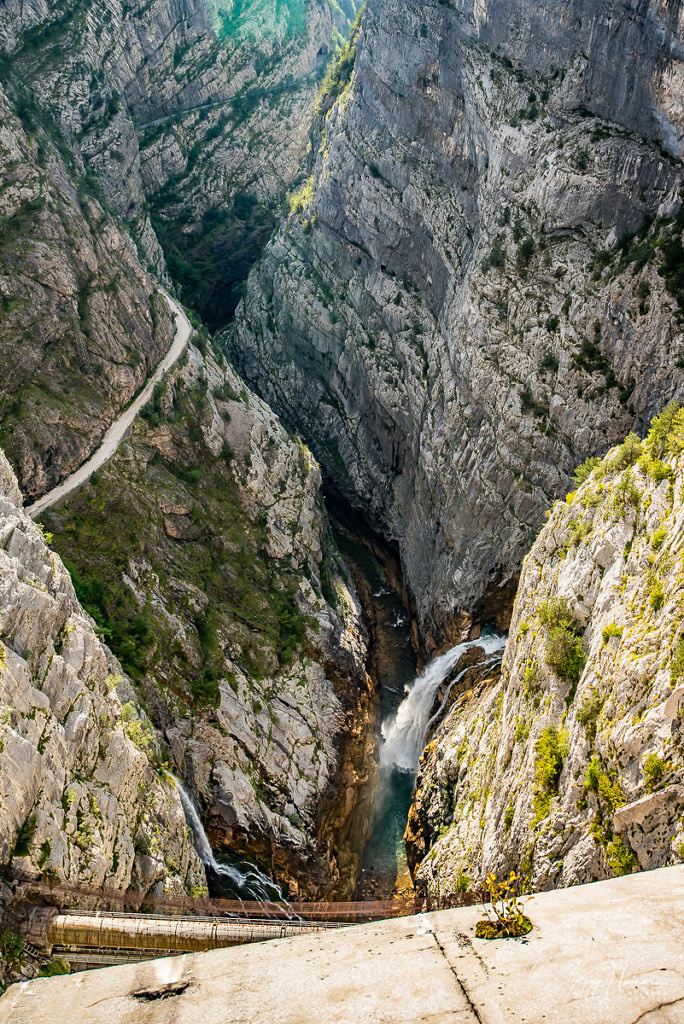
The name of one of the mountains is Monte Toc, which means rotten mountain. And the name is well earned. When the reservoir was getting filled up, the slope of the mountain slowly started sliding into the water. The engineers observed the movement and the filling process was stopped for some time but later on resumed until there was another apparent perimeter crack in the shape of M at the Monte Toc. This made the engineers and the investors worried. They lowered the water level and started with the construction of a deviation channel that would enable faster draining of the pool behind the dam in case the slide would happen again. After the channel was built the filling process resumed. As the filling proceded, the landslides were happening again and locals reported a couple of earthquakes.
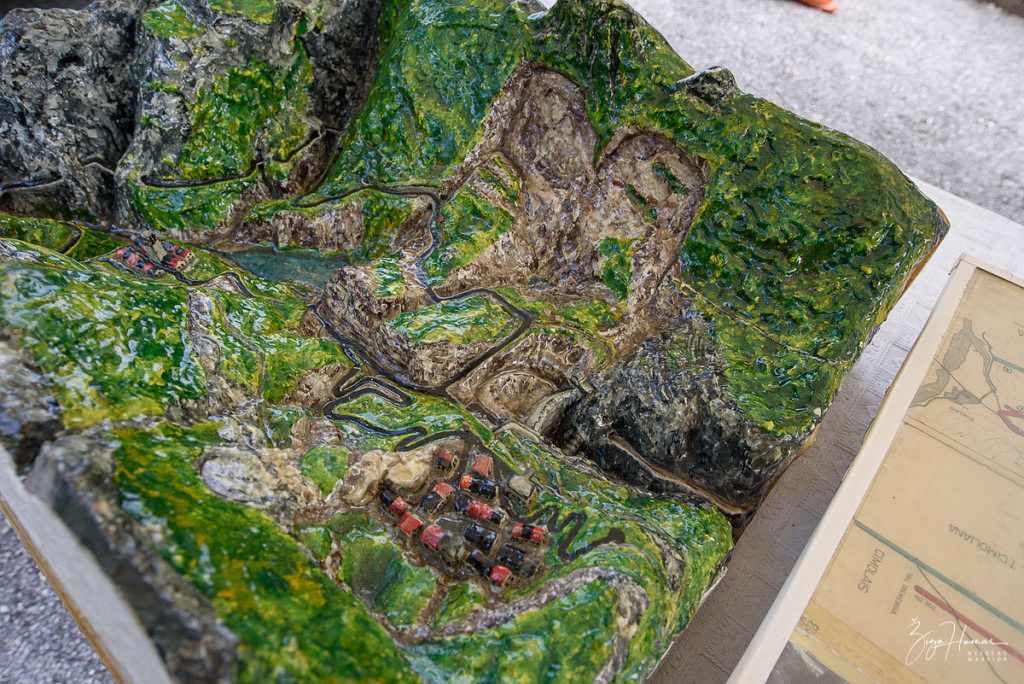
The engineers lowered the water level for some time and then raised it back again. September and October of 1963 were quite rainy. The land was soaked with water and by the rock being eroded from the reservoir, there was just a matter of time when the landslide will fall into the water. The engineers lowered the water level to the safe level, but nobody anticipated such a big and fast landslide as it happened on the 9th of October. 260 millions cubic meters of forest, soil and rock slid into the reservoir with a speed up to 110km/h. It displaced 50 millions cubic meters of water that overtopped the dam with 250m tall wave. The impact crater close to Longarone was 60 meters deep and 80 meters in the diameter. The water destroyed and killed people in the villages Erto (opposite side of Monte Toc), Longarone, Pirago, Rivalta, Villanova and Fae. Estimates of the dead range from 1900 to 2500 people. But the damn dam was largely undamaged and still exists today and serves as a tourist attraction. In 2008 even UNESCO cited the Vajont Dam tragedy as one of five “cautionary tales”, caused by “the failure of engineers and geologists”.
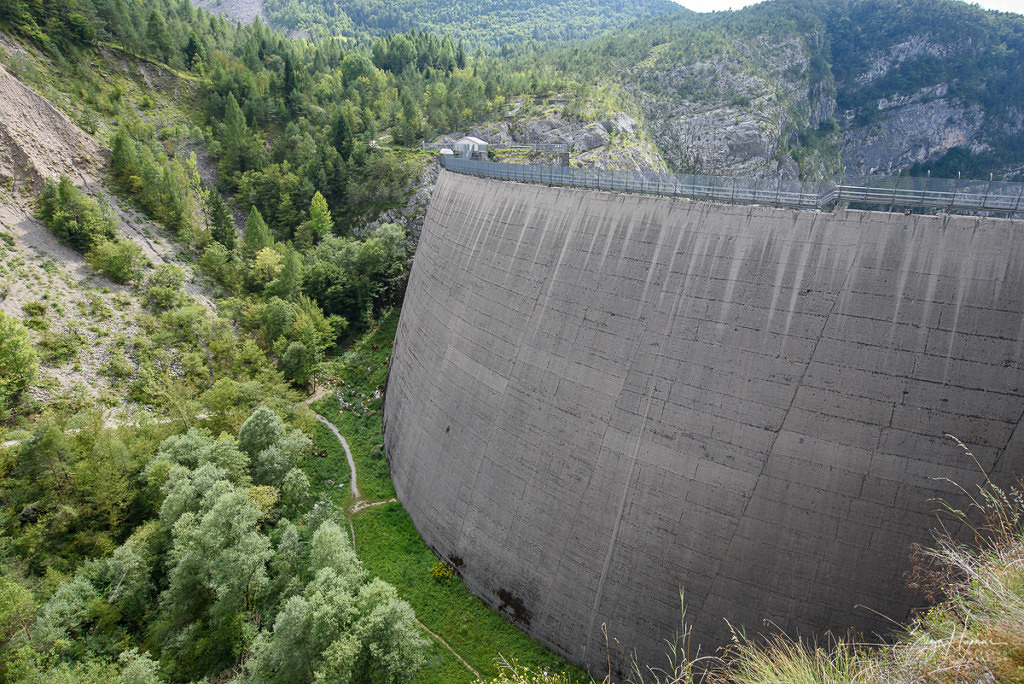
Seeing this dam live made a big impression on me and it took me quite a while to form my thoughts and bring this post to life. It made me think how big are the consequences of the things we aren’t planning. The landscape that happened filed reservoir almost completely. If the investor would want to remove the material it would be impossible, because it would take a couple hundred years if they would use 100 trucks every day to move the material. It took man couple years to build but the consequences will be there for eternity. Another proof that some things just can’t be undone and we have to live with it. Economical impact on the investor was huge, but that just a small thing compared to the people who lost their lives and loved ones.
I hope we see less and less of such tragedies. We have to be prepared for the negative consequences before starting something. You know the saying: hope for the best, be prepaired for the worst. And if the worst is not acceptable, don’t do it.
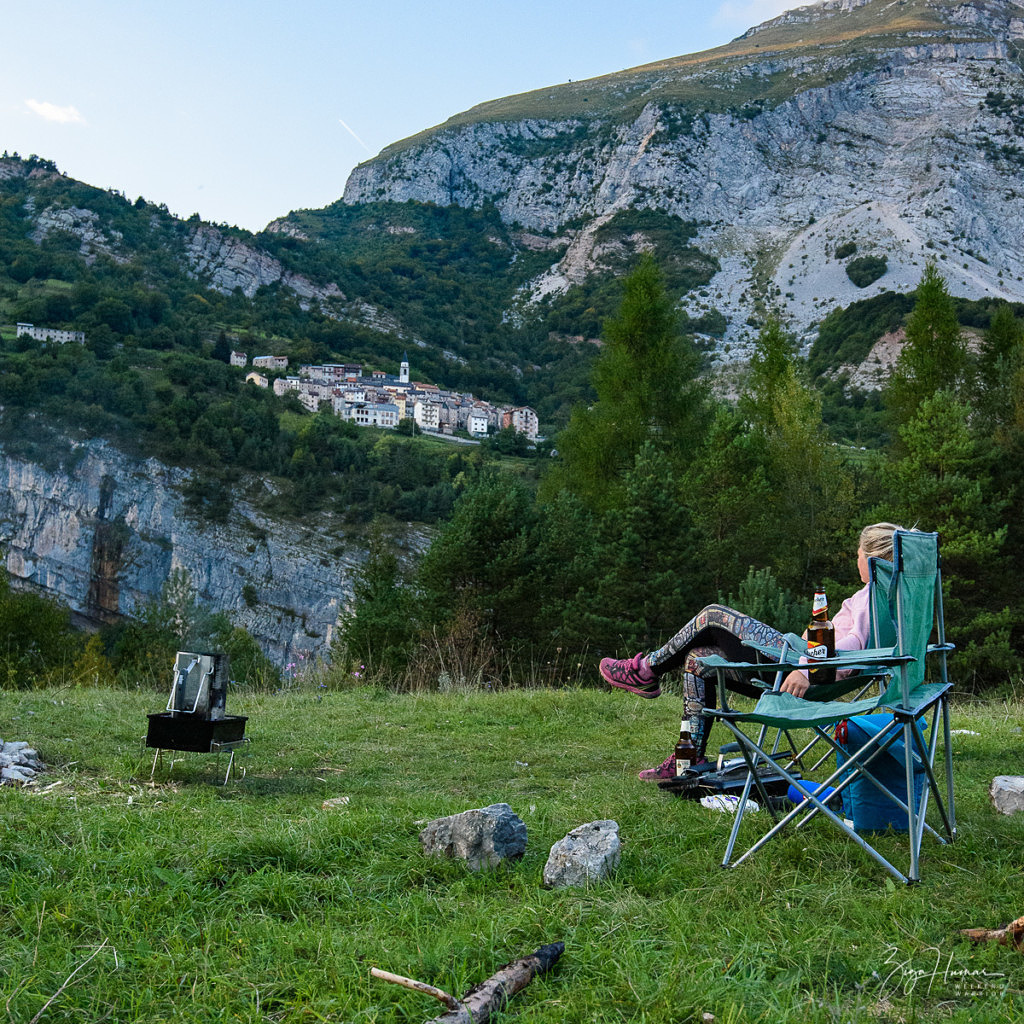
A short video

